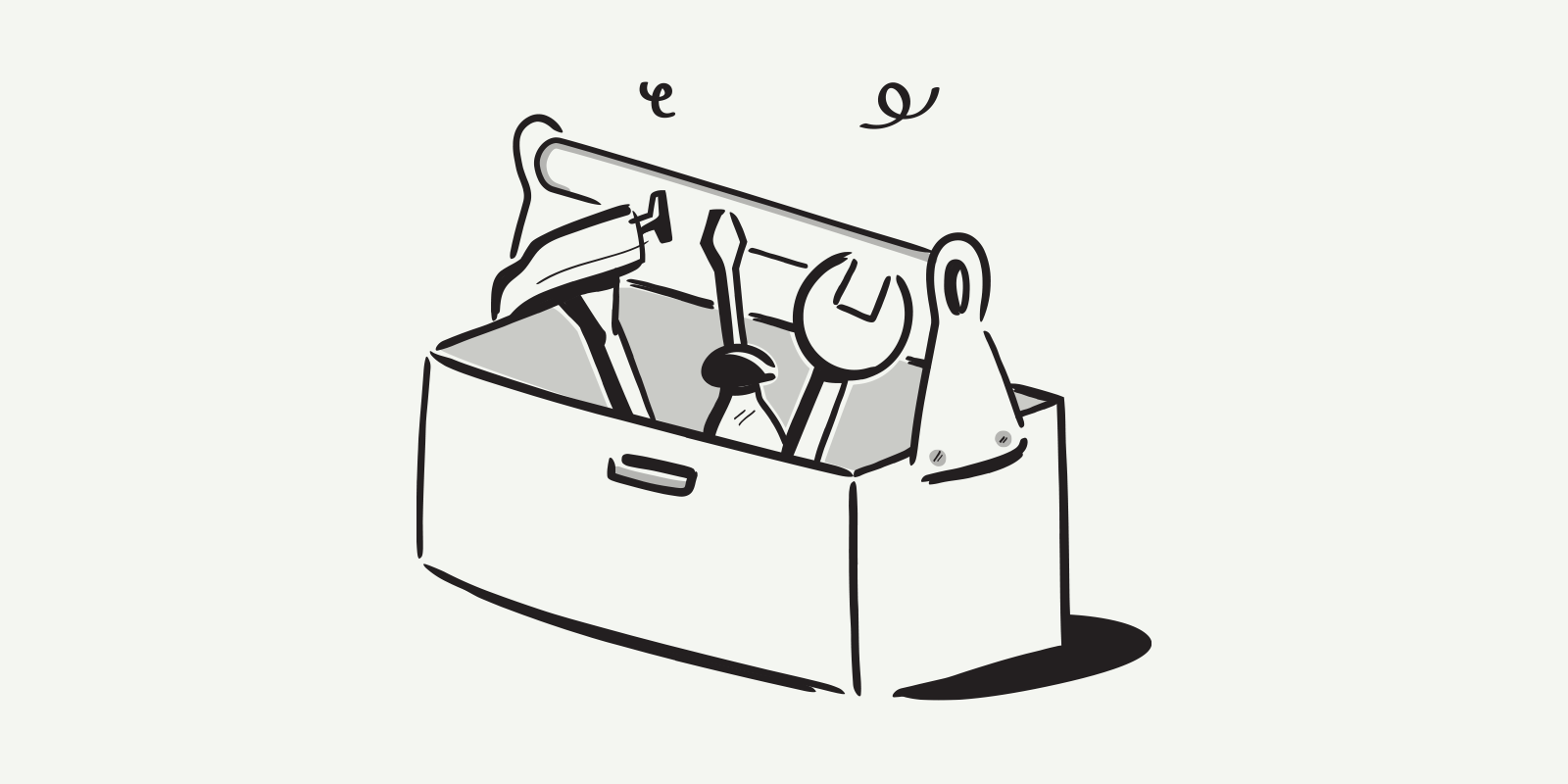Managing multiple properties? Here’s how to stay organized

Many landlords look to expand their property portfolio, but with rules and regulations continuously growing (not to mention changing tax returns and tenant rights), managing multiple rental properties is getting trickier.
Streamlining property management is more important than ever to keep your business profitable and compliant. But as portfolios grow, so do your responsibilities as a landlord. Administration, managing payments, and maintenance requests grow, making it harder to stay on track.
Landlords are frequently turning to property management software and other strategies to manage multiple properties effectively.
In this article, we’ll share our tips on how to stay organised and explain how software can help with expanding portfolios.
Challenges of managing multiple properties
Of the 2.82 million landlords in the UK, the average landlord has 8.6 properties in their portfolio, which is a pretty substantial number.
Only 4% became a landlord to let property as a full-time business, while 35% chose the path to supplement their income (source). This leaves a vast number of UK landlords managing portfolios alongside other work – making administrative efficiency a top priority.
Regardless of how many properties you let and whether it’s a full or part-time job, there are challenges in managing multiple properties. As portfolios grow, many landlords report challenges in:
- Juggling tenancy dates and renewals
- Tracking rent payments across properties
- Communicating effectively with tenants
- Monitoring expenses and income
- Reporting and budgeting for tax returns
- Handling maintenance efficiently
- Staying on top of compliance documents (e.g., EPCs, gas certs, etc.)
Tips to stay organized: How to manage multiple properties effectively
It’s important to stay organised and leverage technology when managing multiple properties to stay on track. Read our top tips on how to stay organised when expanding portfolios.
1. Utilise property management software
Property management software, like Rentila, is one of the best tools for landlords with expanding portfolios. It supplies landlords with a centralised dashboard for all properties in a portfolio, giving an instant overview of payments and easy access to important data.
Within the dashboard, you can see the latest insights, with active alerts on outstanding payments, upcoming maintenance, vacant properties, expiring tenancies, tenant communication, and outstanding tasks.
Utilising property management software is an easy way to stay organised and streamline administrative tasks as portfolios grow. Learn more about how property management software helps landlords.
2. Automate rent payment reminders
Recent data uncovered that five million people (25% of renters) missed one or more rent payments over a 12-month period. Plus, in 2024 alone, almost 20% of tenancies ended due to unpaid rent.
These figures prove that chasing rent is a common occurrence for many landlords – and it can be tiresome work, particularly when managing more than one property without the help of a letting agent.
Reminders are excellent tools to keep tenants on track. This is a feature you’ll find in a property management software. You can set up automated tasks according to your tenant’s due dates.
This can help landlords manage rent arrears effectively. Plus, it keeps communication clear and professional with tenants.
3. Schedule alerts
Setting alerts for important tasks keeps you and your tenants on track. You can do this via your own email or online calendars, or you can utilise the tools within a property management software, which aligns reminders to each property.
For example, you can set tasks to remind you or your tenants of upcoming:
- Safety checks
- Maintenance work
- Tenancy renewals
- Compliance document expiration dates
- Incoming or outgoing payments
This helps you stay on top of tasks and important dates for each property without the help of an admin or letting agent.
4. Store documents digitally
Streamlining documentation is important for all aspects of managing a property. Fast and secure access to documents makes everything easier – from managing tax returns to communicating with tenants.
Property management software offers landlords efficient digital document storage. Landlords can upload documents in one place – with separate areas for each tenancy and property.
For example, landlords can securely store documents such as:
- Certificates
- Photos
- Maintenance invoices
- Leases and tenancy documents
- Reports or surveys
- Work or expenditure receipts
- Inventories
- Individual agreements
When uploading documents to the centralised database, landlords can choose whether the reports are shared with tenants (with an automated notification sent) or if the records are for landlord-view only.
If required, your tenants can even use the platform to upload their own documents related to the tenancy. For example, a photo of completed repair work or a maintenance issue they want to report.
5. Standardise tenant communication
Managing a rental property is easier when you have standardised means of communicating with tenants. Developing templates for routine emails makes property management more streamlined and professional.
For example, you can develop template letters for things like:
- Tenancy expiration
- Planned maintenance
- Inspection dates
- Rent due dates/late payment reminders
Property management software gives you access to a template library with common landlord-tenant communication documentation. For example, you can access pre-filled tenancy agreements and letter templates.
6. Use a maintenance ticketing system
The more properties you have, the more urgent and non-urgent maintenance you’ll need to action. Few landlords can fix every issue at the same time, which is where a maintenance ticketing system comes in.
These systems help landlords prioritise and track issues by property.
For example, when a tenant reports an issue, you can use software to create a maintenance task, schedule your own action date, and set automatic reminders.
You can also add updates or mark it as completed once it’s been done. These notifications can even be shared with your tenant automatically, keeping everyone in the loop.
This feature is available in property management software like Rentila.
7. Tax reporting help
Managing tax returns as a landlord is getting more complicated each year. New regulations (like Making Tax Digital coming into effect in April 2026) make it even more important for landlords to streamline tax returns.
To stay organised and comply with the latest regulations, landlords must maintain a clear overview of their income and expenses to effectively prepare and submit their tax returns.
Using software like Rentila, you can digitally store your receipts/paperwork, track expenditure, report on income, and download financial datasets easily for each property in your portfolio.
What are the benefits of using software when managing multiple properties?
There are many benefits to using property management software to manage multiple properties, including that you can:
- Manage everything from one account
- Avoid duplication and errors with automated data entry
- Easily generate reports by property or portfolio
- Reduce administrative tasks through automated reminders
- Streamline tax returns via dashboard overviews
- Track and manage planned/unplanned maintenance easily
Learn more about the benefits of property management software for landlords.
FAQs
How many properties can a single person manage?
It’s common for landlords to manage multiple properties on their own. However, when managing more than three properties, keeping track can become more difficult – even for experienced landlords.
You can make managing 3+ properties easier by streamlining your process and getting extra help.
For example, landlords can recruit a letting agent (paying average monthly fees of 20% of rental income plus other hidden fees) or sign up for a property management software subscription to automate tasks across properties.
How many rental properties can you own?
There isn’t a legal limit on how many properties a person can own or rent out – especially if you’re a cash buyer (i.e., you’re using your own funds to buy the property). You can buy as many properties as you like to rent out, provided you follow the laws and regulations while renting.
However, when buying rental properties via a buy-to-let mortgage, there are some limitations. Lenders will want to ensure you can afford the repayments, and borrowing rules may be stricter the more properties you own due to the increased affordability risks.
It’s also important to remember that managing multiple properties comes with increased administration. This can make multiple property ownership more expensive and time-consuming.
How to manage multiple residential properties?
To manage multiple residential properties effectively, it’s important to:
- Automate as many tasks as possible
- Create templates for important documents
- Use standardised communication (e.g., letter templates and emails)
- Utilise software to manage properties in one place
- Set up reminders and alerts for important dates
- Keep good records and store documents digitally
- Use a maintenance ticketing system to stay on top of works
Things to remember: Managing multiple properties and how software helps
Landlords are increasingly looking to expand portfolios, and more and more landlords are turning to software to automate tasks and stay on track. Key tips to remember for managing multiple properties effectively include:
- Using property management software can make it easier to manage multiple properties, with functions such as reminders, prepopulated templates, maintenance ticketing systems, and instant reports.
- Digital income/expenditure tracking can assist with tax returns and ensure landlords apply for the right tax deductions for each property.
- There isn’t a legal limit on how many rental properties you can own, but lenders will want to ensure affordability risks are managed as your portfolio grows.
- It’s possible to manage multiple rental properties, but many landlords find it difficult to operate more than 3 properties at once without extra assistance (like using property management software or a letting agent).


